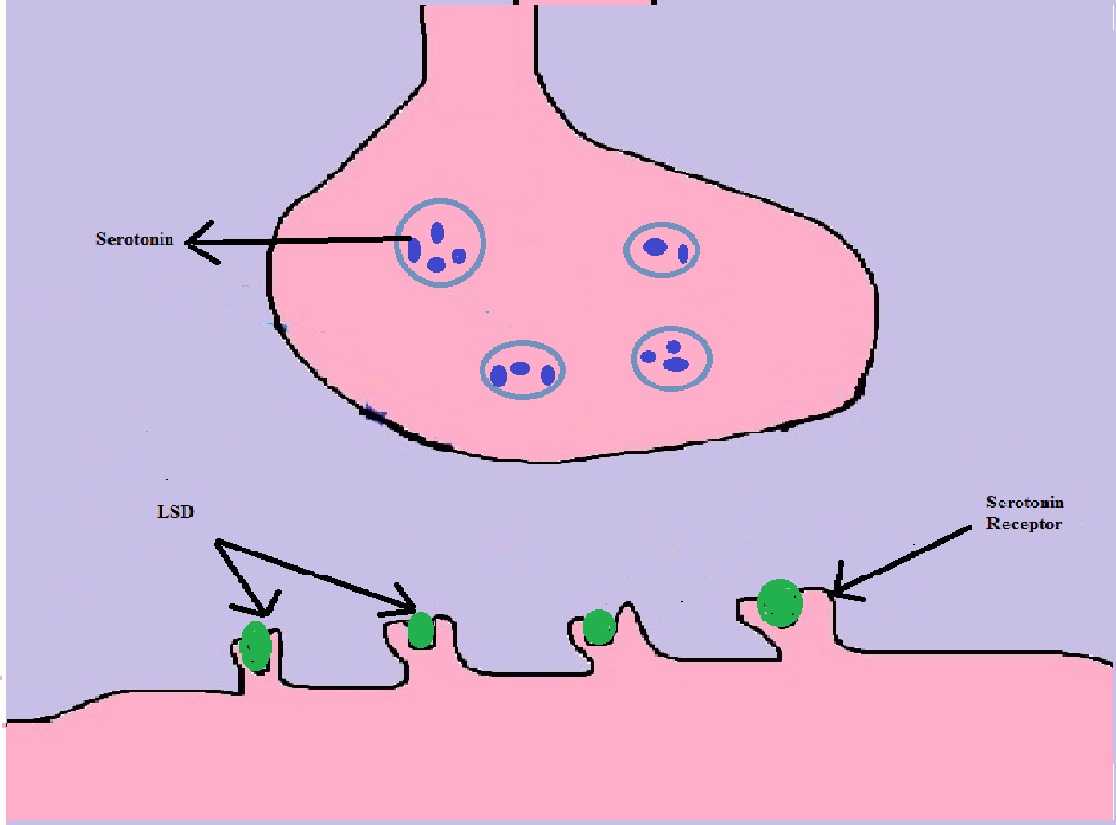Stem cell therapy, once a topic confined to research labs, is now a widely mentioned treatment for various health conditions. From regenerating tissues to treating chronic diseases, this modern medical therapy affords hope to patients dealing with beforehand untreatable ailments. However, as with any emerging medical intervention, patients must be fully informed about what to anticipate before, throughout, and after stem cell treatment. This guide provides an summary to assist potential patients navigate the process.
What Are Stem Cells?
Stem cells are unique because they can become different types of cells in the body. They are the foundation for tissue regeneration and repair. Stem cells can either replicate into more stem cells or transform into specialized cells equivalent to muscle, bone, blood, or brain cells. This ability to distinguish makes them valuable for medical treatments aiming to replace damaged or malfunctioning tissue.
There are different types of stem cells used in therapy:
– Embryonic stem cells, which have the potential to turn into any cell type.
– Adult stem cells, found in tissues like bone marrow, are more limited in the cell types they will become but still offer therapeutic benefits.
– Induced pluripotent stem cells (iPSCs), adult cells genetically reprogrammed to an embryonic state, providing a middle ground between embryonic and adult stem cells.
Conditions Treated by Stem Cell Therapy
Stem cell therapy is being used for a range of conditions, together with:
– Orthopedic points: Damaged cartilage, torn ligaments, and joint injuries can benefit from stem cells that encourage tissue repair.
– Neurological disorders: Conditions like Parkinson’s illness, spinal cord injuries, and multiple sclerosis are being studied for stem cell therapy’s potential to replace damaged nerve cells.
– Autoimmune ailments: Conditions like lupus and rheumatoid arthritis might benefit from stem cell therapy by serving to the body repair itself.
– Cardiovascular conditions: Some studies suggest that stem cell treatment can assist regenerate heart muscle after a heart attack.
– Chronic pain: Stem cells are also explored in managing chronic pain caused by degenerative conditions like osteoarthritis.
The Process: What to Expect
1. Initial Session and Assessment
Earlier than undergoing stem cell therapy, you will typically meet with a specialist who will overview your medical history and determine if you are a suitable candidate. This part includes diagnostic tests like blood work or imaging (e.g., MRI, X-ray) to assess the area needing treatment. The physician will explain the risks, benefits, and potential outcomes of the therapy, ensuring that you have realistic expectations.
2. Preparation and Harvesting
As soon as you’re cleared for treatment, the next step is collecting the stem cells. Depending on the type of therapy, stem cells will be harvested from various sources:
– Bone marrow: This is one of the most typical methods, the place cells are extracted from the bone, usually the pelvis, under local anesthesia.
– Fat (adipose tissue): Stem cells may also be harvested from fat cells through liposuction.
– Umbilical cord: In certain cases, stem cells from donated umbilical cords could also be used.
In some cases, if iPSCs are being used, they’re generated from a pattern of your own cells and reprogrammed within the lab.
3. The Procedure
The precise procedure can range depending on the condition being treated and the situation of the cells. In case you are receiving an injection, the stem cells will be administered to the target space, resembling a joint or tissue. In more invasive cases, like cardiac treatments, stem cells could also be injected directly into the heart muscle during surgery.
Stem cell therapy is usually an outpatient procedure, meaning you may go house the same day. Depending on the advancedity of the treatment, it can last from 30 minutes to a couple hours.
4. Post-Treatment Recovery
After the treatment, you could expertise gentle soreness or discomfort on the injection site, however this usually subsides within a few days. Your physician may recommend rest and limit strenuous activities in the course of the first few weeks following the procedure. Recovery time can differ primarily based on the type of stem cell therapy and the condition being treated.
Your physician will likely schedule observe-up visits to monitor your progress. The results of stem cell therapy may take time to develop into obvious, as the body makes use of the cells to repair and regenerate tissue. Some patients report improvement within weeks, while for others, it might take months.
Potential Risks and Side Effects
While stem cell therapy is generally considered safe, it shouldn’t be without risks. Potential side effects can include:
– An infection: Because the procedure typically involves injections or surgical intervention, there’s a risk of an infection at the site the place stem cells are harvested or injected.
– Pain or swelling: Some patients may experience localized pain, swelling, or irritation after treatment.
– Graft vs. Host Illness (GVHD): If donor stem cells are used, there’s a small risk of the patient’s immune system rejecting the overseas cells, leading to complications.
Stem cell therapies are still under investigation for a lot of conditions, so patients must be aware that results can fluctuate, and not all treatments are FDA-approved.
Is Stem Cell Therapy Proper for You?
Stem cell therapy holds nice promise, however it’s essential to seek the advice of with a certified healthcare provider to determine if it’s the proper option for you. Factors like the severity of your condition, the type of stem cell treatment available, and your overall health needs to be considered. While it can offer significant benefits, managing your expectations and understanding the potential risks is crucial for making an informed decision.
Conclusion
Stem cell therapy is an exciting frontier in medicine, offering new possibilities for treating chronic and debilitating conditions. When you’re considering this treatment, understanding what to expect at every step of the process will provide help to feel more prepared and empowered to make the only option in your health. Always seek the advice of with skilled medical professionals, do thorough research, and weigh the benefits and risks to make sure you’re making the right decision for your specific situation.
If you loved this write-up and you would like to get more information regarding stem cell thailand kindly browse through the web site.
























